"The New Zealand Symphony Orchestra/Te Tira Pūoro o Aotearoa brings a carnival atmosphere with a performance of music from Igor Stravinsky’s groundbreaking ballet Petrushka.
Carnival also features French composer Maurice Ravel’s waltz homage La Valse and his irrepressible Piano Concerto performed by New Zealand pianist Stephen De Pledge.
The Orchestra, led by conductor Hamish McKeich, also performs Grammy Award-nominated English composer Anna Clyne’s Masquerade, commissioned for the popular Last Night of the Proms.
“With so much extraordinarily colourful and characterful music in this concert, bringing it all to life will be an exhilarating listening experience,” says Maestro McKeich". - NZSO
- Listen to an interview about this performance with Percussionist Sam Rich
Programme:
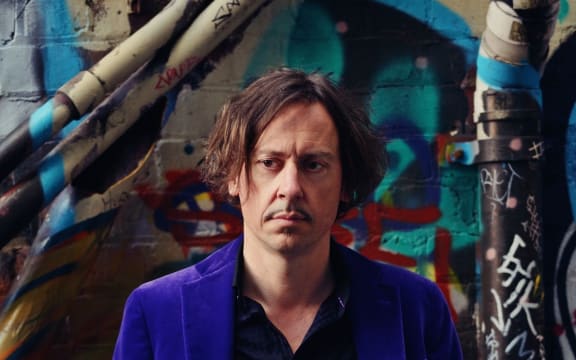
Hamish McKeich Photo: Tracy Valarie
RAVEL: La Valse;
RAVEL: Piano Concerto in G;
COUPERIN, Francois: La Basque;
Anna CLYNE: Masquerade;
STRAVINSKY: Petrushka (1947 version)
Stephen De Pledge (piano), New Zealand Symphony Orchestra conducted by Hamish McKeich
Find out more and listen to each piece here:
RAVEL: La Valse
As far back as 1906 Ravel imagined a piece that would be 'the apotheosis of the waltz' in tribute to Johann Strauss II.
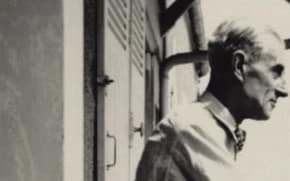
Maurice Ravel on the balcony of his house in Montfort l'Amaury Photo: Wikimedia Commons
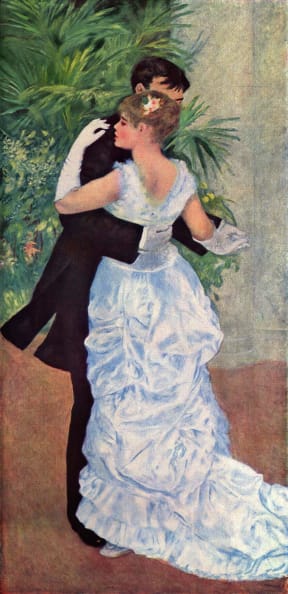
'Dance in the City' by Pierre-Auguste Renoir Photo: Public Domain
It was the impresario Diaghilev who made Ravel focus on it at last, by asking for a piece for his Ballets Russes.
Ravel had suffered during the war years. His dangerous service as an ambulance driver on the Verdun front left his health in a precarious state, and he lost his mother in 1917.
'La Valse', when he finally came to compose it, is written for a ballroom balanced on the edge of an abyss.
The rhythmic pulse for the waltz rises out of the depths like a disturbed heartbeat. The sense of unease grows, with stabbing notes on the horns and uncomfortable shivers in the low strings. When the melody fully emerges it is a ghostly, fairy-tale waltz.
With careful listening, a recurring intrusion of the orchestra's deepest instruments can be heard, rumbling like distant artillery.
Recorded in Michael Fowler Centre Wellington by RNZ Concert
Producer: David McCaw
Engineer: Darryl Stack
RAVEL: Piano Concerto in G
'The only love affair I have ever had was with music.' ~ Maurice Ravel
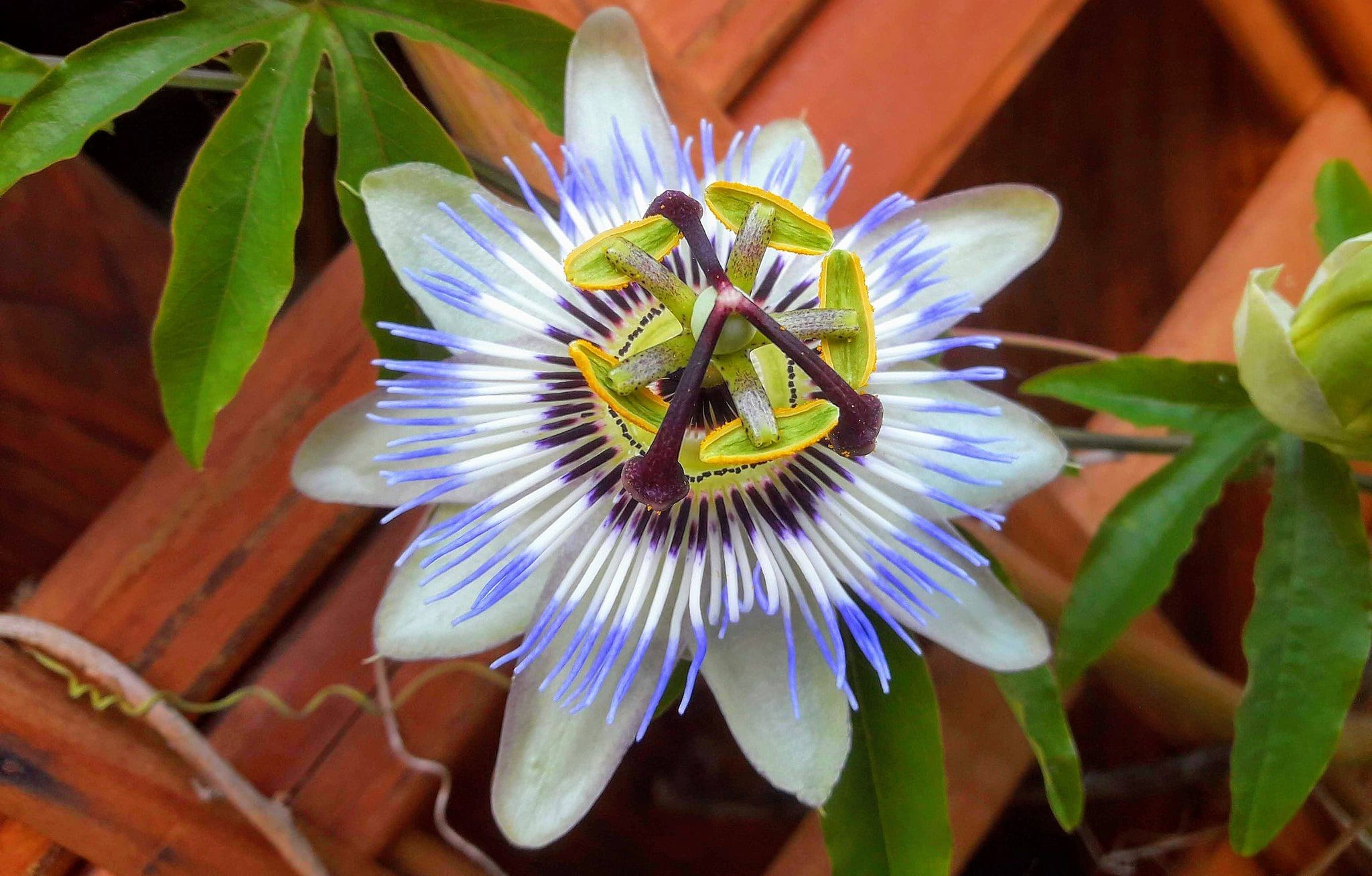
Passion flower in Pays Basque Photo: CC BY-SA 3.0
Stephen De Pledge and the New Zealand Symphony Orchestra are conducted by Hamish McKeich.

Maurice Ravel Photo: Public Domain
Maurice Ravel (1875-1937) was born in the Pays Basque and moved to Paris with his parents as a child. He wrote this piano concerto towards the end of this life, at the same time as he was writing his Piano Concerto for the Left Hand, between 1929 and 1931.
Ravel said that in this piece he was not aiming to be profound but to entertain, in the manner of Mozart and Saint-Saëns. Among its influences are Basque folk music. He had contemplated a piano concerto, based on Basque folk themes as early as 1906 and his biographer suggests Ravel draws on these in the first and last movements.
He’d also encountered jazz on a concert tour of the United States in 1928, and this concerto is strongly influenced by jazz idioms and harmonies. Ravel said, “The most captivating part of jazz is its rich and diverting rhythm” and he called it “a very rich and vital source of inspiration for modern composers”. He’d been to Harlem Jazz Clubs with George Gershwin and had fallen a little under the influence of Gershwin’s Concerto.
Ravel's piano concerto has three movements.
- Allegramente
The first movement opens with a single sharp whip-crack, followed by a sequence of five distinct themes. The first suggests a Basque folk melody, the second the influence of Spain, and the other three derive from jazz idioms.
- Adagio assai
The second movement begins with one of the longest uninterrupted melodies in classical music. Ravel said of it, "That flowing phrase! How I worked over it bar by bar! It nearly killed me!" Pianist Marguerite Long, who gave the work’s première in 1932, called this “one of the most touching melodies which has come from the human heart.”
- Presto
Four brisk chords at the beginning of the third movement launch what’s been described as "an unstoppable onslaught, spurred on by the shrieks of the clarinet and the piccolo, the donkey brays of the trombone and occasional fanfare flourishes in the brass".
This is one of Ravel’s last completed works before he died in Paris in 1937.
Recorded on 26 March 2021 in Michael Fowler Centre, Wellington by RNZ Concert
Producer: David McCaw
Engineer: Darryl Stack
François COUPERIN: La Basque, from Livre de clavecin, Book 2
Stephen De Pledge (piano). Recorded 26 March 2021, Michael Fowler Centre, Wellington by RNZ Concert.
Anna CLYNE: Masquerade

Composer Anna Clyne Photo: Javier Oddo
The London-born composer Anna Clyne has been steadily gaining in renown over recent years, finding champions in great conductors such as Marin Alsop.
'Masquerade' was commissioned by the BBC for performance at the Last Night of the BBC Proms, and conducted by Marin Alsop in 2013. The commission specifically required the piece be “exuberant” - in keeping with the party atmosphere of the famous ‘Last Night’.
For inspiration, Clyne looked back to the 18th century and London’s pleasure gardens, where the Proms or Promenade concerts were first held and where people from all walks of life mingled, enjoying the joyful chaos of a variety of entertainment, from acrobatics to exotic street entertainers, dancers, fireworks and masquerades.
And colourful chaos appears in the music from the beginning. After a sudden clap catches your attention, the music spins and swirls – a melody sweeps in like an imaginary chorus-like welcoming the audience to an imaginary masquerade. Then a raucous tune appears and mashes into it – Anna’s rendition of an old English drinking song called ‘Juice of Barley”. You are swept along with the excitement – one wondrous act after another. 'Masquerade' closes with a brilliant brass finale, like musical fireworks.
Recorded 26 March 2021, Michael Fowler Centre, Wellington by RNZ Concert
Producer: David McCaw
Engineer: Darryl Stack
STRAVINSKY: Petrushka (1947)
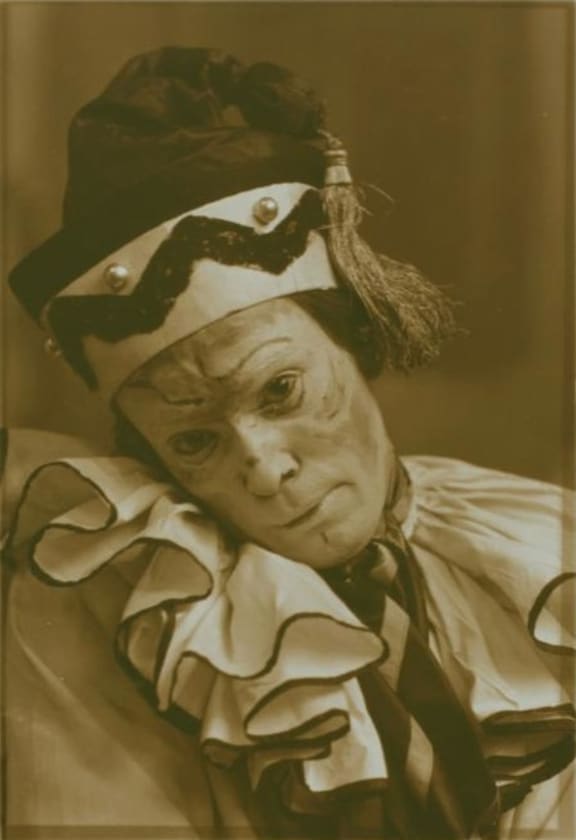
Vaslav Nijinsky as Petrushka Photo: Public Domain
The story of Petrushka follows the loves and jealousies of three puppets, brought to life during the 1830 Shrovetide Fair in St Petersburg, Russia.
Petrushka loves the Ballerina, but she rejects him. She prefers the Moor.
Petrushka is angry and hurt and challenges the Moor. The Moor kills him with his scimitar.
Petrushka's ghost rises above the puppet theatre as night falls. He shakes his fist at the Charlatan, then collapses in a second death.
Musically, Stravinsky turns away from 19th century developmental form in this work, preferring instead to create contrasts with bold blocks of sound – a technique that’s been likened to the paintings of Picasso and Georges Braque. Stravinsky also explores colour and rhythm in abstract ways, eliciting sparkling, vibrant colours from his musical painting.
The New Zealand Symphony Orchestra performs Stravinsky’s 1947 version of Petrushka.
Recorded 26 March 2021, Michael Fowler Centre, Wellington by RNZ Concert
Producer: David McCaw
Engineer: Darryl Stack

